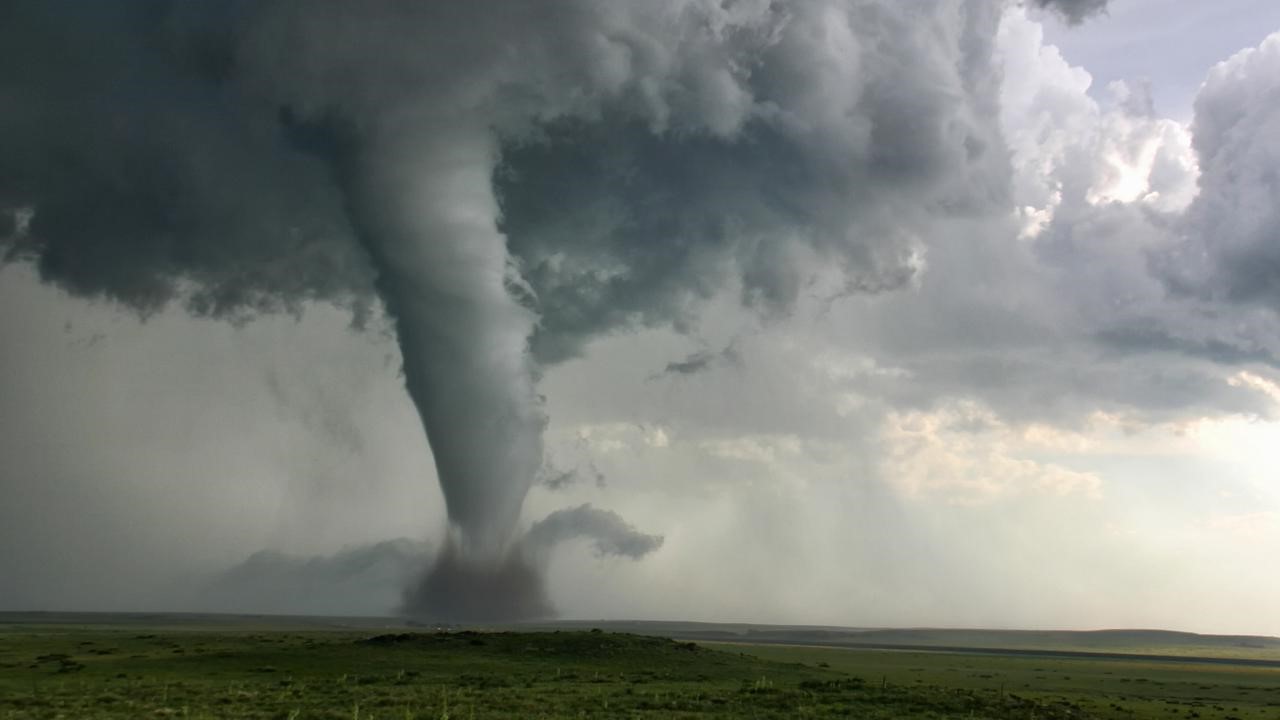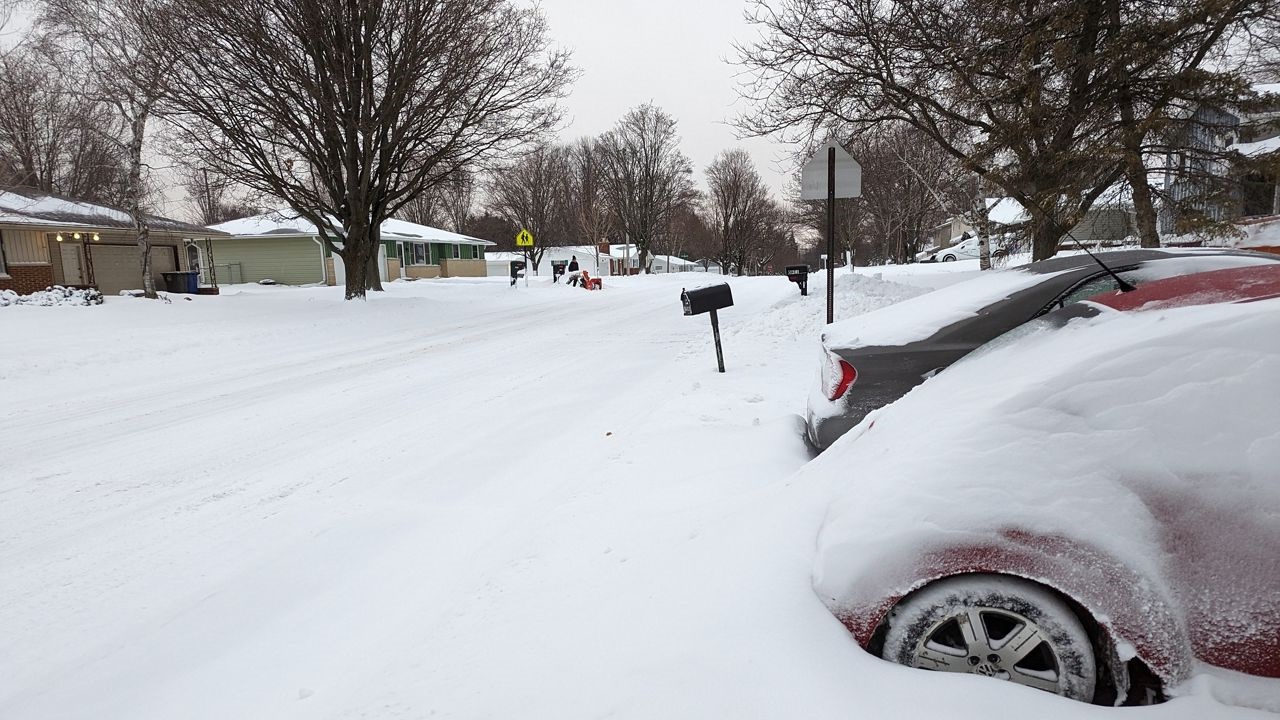Home>Weather and Climate>How Do Clouds Affect Weather Patterns?


Weather and Climate
How Do Clouds Affect Weather Patterns?
Published: August 26, 2024
Explore the intricate connection between weather and climate through the lens of cloud formations. Learn how clouds influence atmospheric conditions and weather patterns.
(Many of the links in this article redirect to a specific reviewed product. Your purchase of these products through affiliate links helps to generate commission for Temperatures.com, at no extra cost. Learn more)
Clouds, those fluffy or menacing shapes in the sky, play a huge role in our weather systems. Let's dive into how they impact our daily forecasts. Clouds form when water vapor in the air cools and condenses into water droplets or ice crystals. Depending on their type, altitude, and location, clouds can affect temperatures and precipitation patterns in various ways.
For starters, during the day, clouds can act as a shield from the sun's intense rays, leading to cooler temperatures. Ever noticed how a cloudy day feels significantly less hot than a clear one? That's clouds at work, providing natural shade. Conversely, at night, clouds have a blanket effect, trapping heat and keeping nighttime temperatures warmer than they might be under a clear sky.
Moreover, clouds are essential for precipitation. Without them, there'd be no rain, snow, hail, or sleet. Cumulonimbus clouds, in particular, are known for causing heavy rain, thunderstorms, and even tornadoes. Their presence or absence can significantly affect local weather patterns, influencing agricultural practices, water supply, and even our plans for outdoor activities.
In essence, understanding clouds is crucial for predicting weather. They're not just decorations in the sky but key players in the Earth's atmospheric processes. So, next time you're checking the weather forecast, remember the critical role clouds play in shaping those predictions.
















